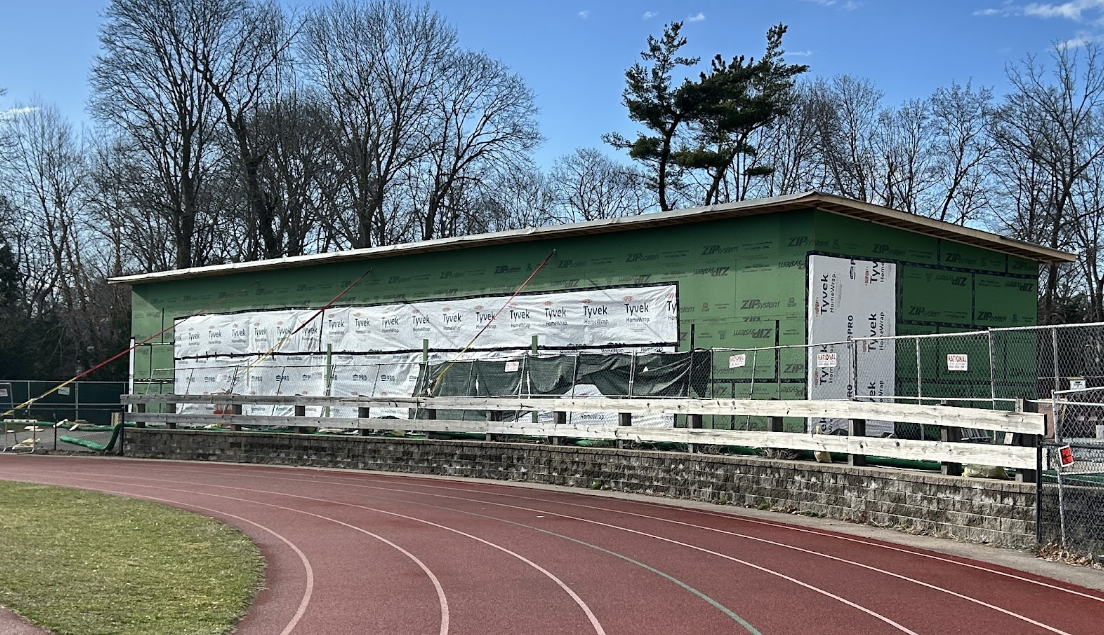Unrest in Yemen

January 31, 2015
Last Thursday, January 22, the president of Yemen, Abed Rabbo Mansour Hadi and his cabinet resigned in response to a siege by Houthi rebels. This siege was the culmination of continued conflict in the nation’s capital, Sanaa, in the days leading up to the government’s resignation.
The Houthis, the rebel group behind the siege, have been causing problems in Yemen for a few months now. The Houthis are a group of Shiite Muslims that feel marginalized by the Sunni majority in Yemen. In September, government buildings and the airport were seized by Houthis who demanded greater political influence. On September 21 the Houthis signed a deal with the government of Yemen that called for the Houthi rebels to withdraw from Sanaa in exchange for their involvement in government decision making and a presence within the state security forces.
Following the ceasefire in September, President Hadi introduced a new constitution without approval from the Houthis. The new constitution would divide Yemen into a six region federation, while the Houthis want the country to be divided into two regions. In retaliation, Houthis kidnapped the presidential chief-of-staff. They claimed that he was a key backer in the constitution introduced by President Hadi. In response to the Houthis’ actions, the government closed roads, which led to more fighting.
The most recent fighting has been over control of the presidential complex. On Monday, January 19, Houthis attacked areas around the presidential palace and took control of all government media. That evening, a ceasefire, arranged between the Houthis and Yemen’s government went into effect. Unfortunately, the ceasefire did not last very long. On Tuesday, January 20, Houthis took control of the presidential palace, and surrounded the residences of other government officials.
After the resignation of President Hadi on the 22nd, it remains unclear if Houthis view themselves as the rulers of Yemen. Regardless, the Houthis continued to surround the homes of government officials on Friday January 23.
The violence and chaos in northern Yemen has increased the separatist movement that has existed in southern Yemen. The nation itself is quite young, having only formed with the union of North Yemen and South Yemen in 1990. The two regions are quite different. People in southern Yemen are considered more culturally liberal than people in the more tribal northern Yemen. Following the government’s resignation on Thursday there were rallies in Aden, a city in southern Yemen, calling for succession.
The chaos in Yemen is currently proving useful for the terrorist group al Qaeda in the Arabian Peninsula, AQAP. With the weakness in the government, AQAP will have an easier time bringing people into Yemen and training them. This is very concerning for Western governments. U.S. officials consider AQAP the most dangerous terrorist group in existence currently, and the chaos throughout Yemen hinders Western attempts to hunt down members of AQAP.
































